
by Marcy Burstiner | 19 Jul 2024 | Journalism, Media Literacy, News Decoder Tips
When you read or hear a story do you feel left out because you don’t know the background? Why do some stories leave us feeling stupid? Professional sports commentators in press box at American football game. (Credit: SDI Productions/Getty Images Signature)...
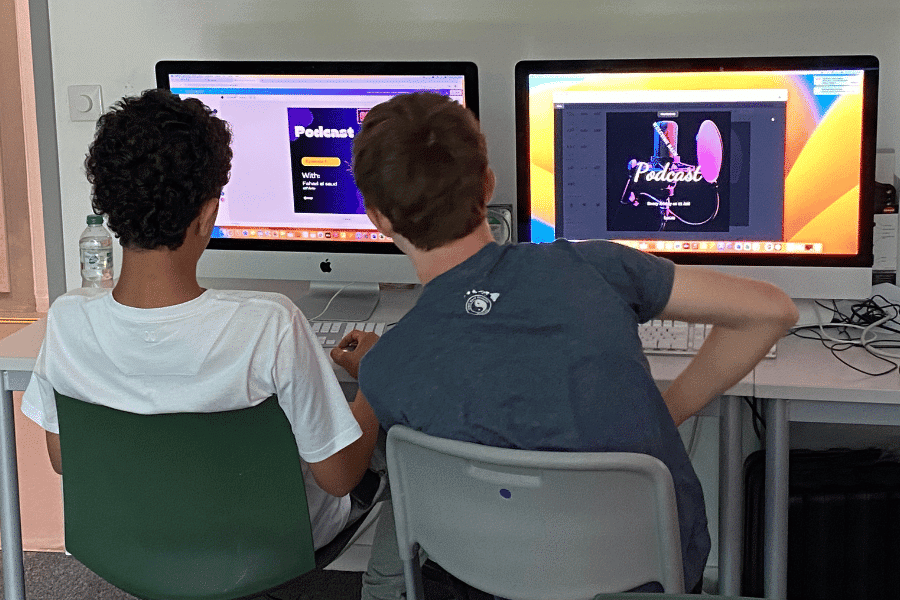
by News Decoder | 4 Jul 2024 | Journalism, Media Literacy, News Decoder Updates
Over five days, young people working with News Decoder mastered the art of interviewing and learned what it takes to turn audio into a podcast. Two teens create cover artwork for their podcasts at a News Decoder camp on audio storytelling at the American School of...
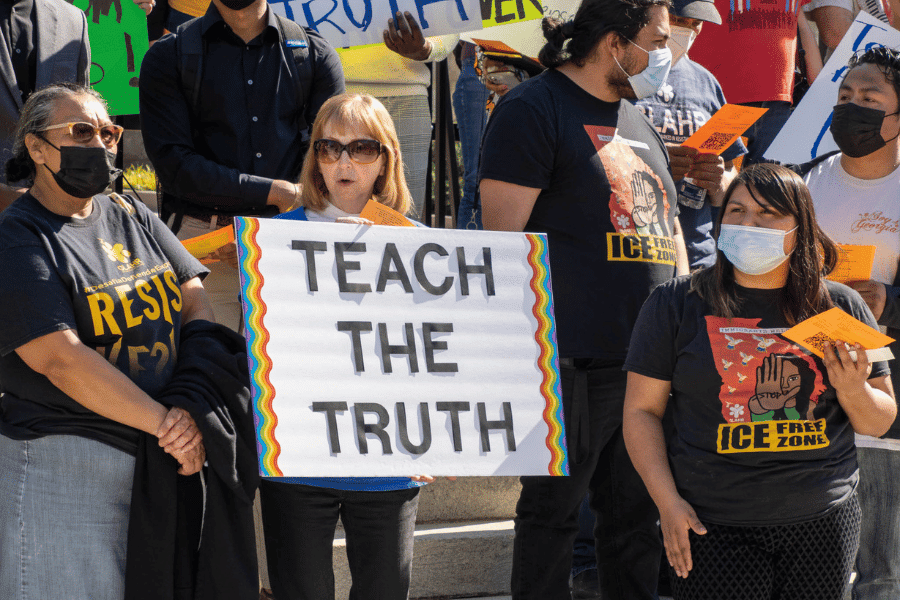
by Bernd Debusmann | 3 Jul 2024 | Decoder Replay, Education, Human Rights, Media Literacy, Politics
The term “woke” is caught up in a divisive culture war in the United States. Why is the idea of social justice not universally accepted? A protest about book banning at the capitol building in Atlanta, Georgia in the United States, 12 February 2022....

by Sabine Berzina | 1 Jul 2024 | Media Literacy, Politics, Wh-Y Vote
Many people around the world already distrust their election systems. What will happen when artificial intelligence enters the picture? A man creates a deep fake image of former U.S. President Donald Trump in prison. (Illustration by News Decoder) There have been a...
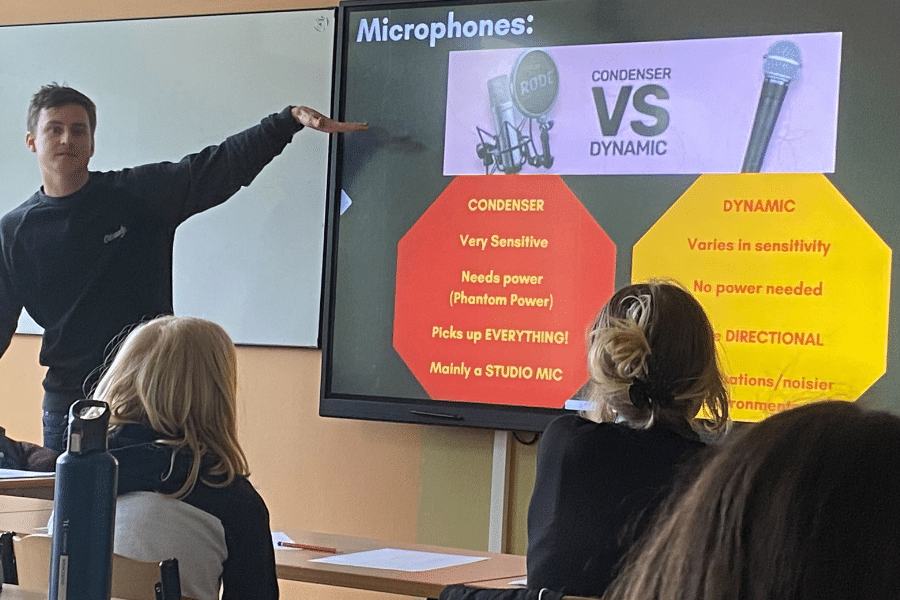
by Marcy Burstiner | 21 Jun 2024 | Journalism, Media Literacy, News Decoder Tips
What’s the point of reporting on an unsolvable problem? Instead, identify solutions people can act on. News Decoder’s Program & Communications Manager Cathal O’Luanaigh gives a workshop on podcasting. Credit: News Decoder Journalism can be a...
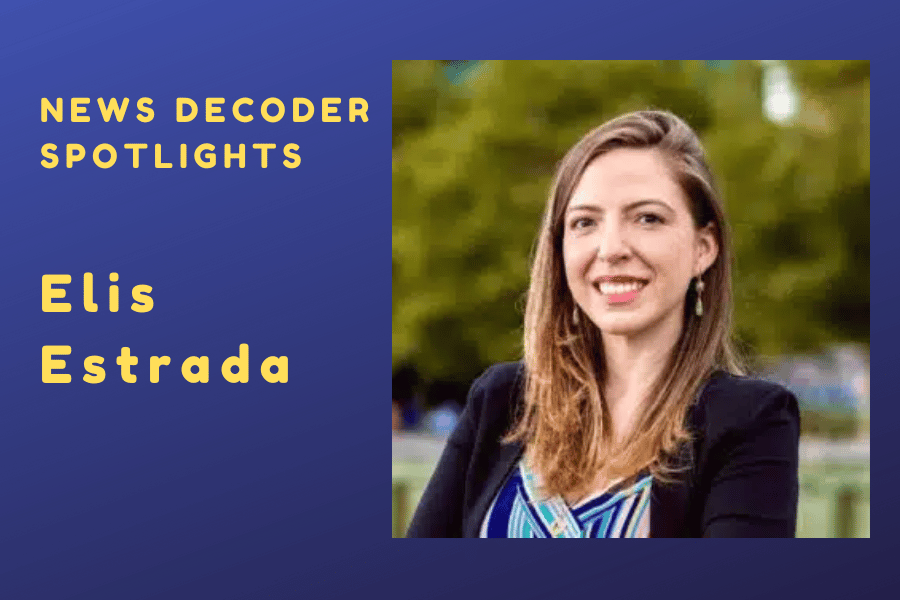
by Kaja Andrić | 20 Jun 2024 | Media Literacy, News Decoder Updates
One of News Decoder’s new board members has made it her mission to help young people navigate the media landscape to better understand the world they live in. Elis Estrada, new addition to the Nouvelles-Découvertes board. Elis Estrada grew up watching local...
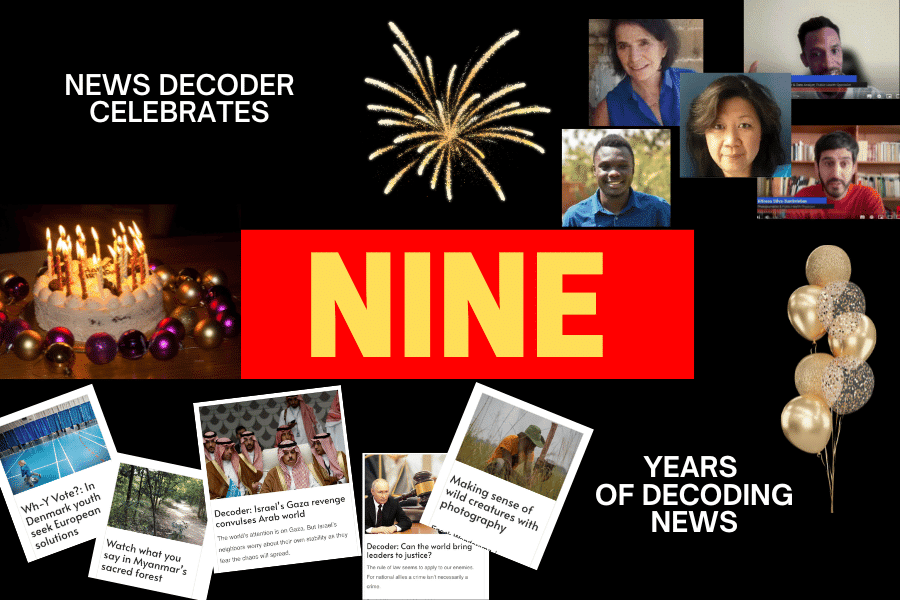
by News Decoder | 12 Jun 2024 | Journalism, Media Literacy, News Decoder Updates
News Decoder started with one journalist who sought to build global awareness in young people. Over the next nine years dozens of other journalists signed on. Meet some of News Decoder’s correspondents. When News Decoder got its start it was with the idea of...
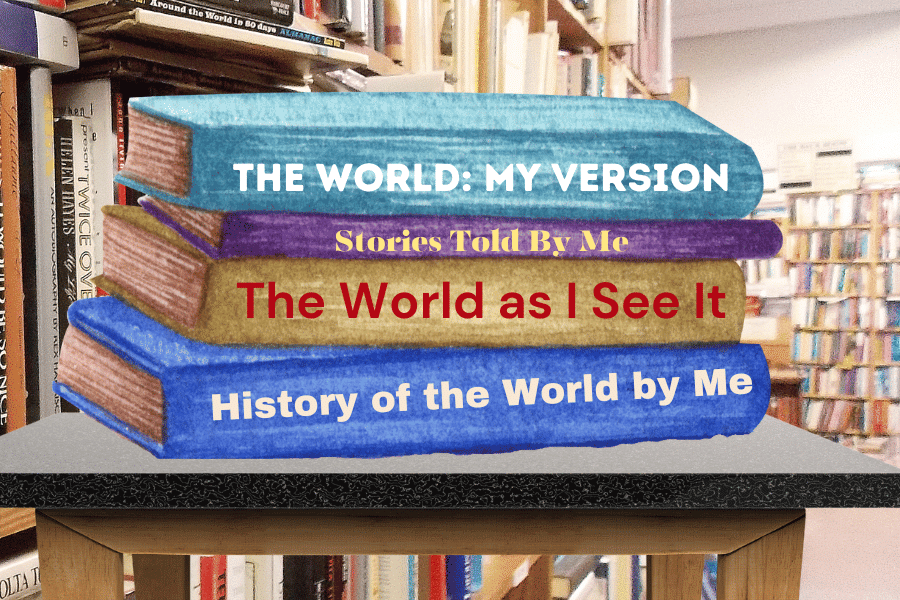
by Marcy Burstiner | 23 May 2024 | Culture, Educators' Catalog, History, Media Literacy
Historians dig up stories that document our past the way archeologists sift through relics. The more they learn the more we realize how much we don’t know. A stack of books in a bookstore that tell only one version of the world. (Illustration by News Decoder)...
Historians dig up stories that document our past the way archeologists sift through relics. The more they learn the more we realize how much we don’t know. News Decoder’s Editorial News Director Marcy Burstiner examines history and the versions of history that we’re told.
Exercise: Explore the idea of stories being told from different perspectives and of certain histories being silenced or underrepresented. Choose a current topic and have students look at it from different perspectives. What kinds of histories might be forged through telling the story in different ways?

by Helen Womack | 16 May 2024 | Education, Media Literacy, News Decoder Tips
Within professions, people use terminology to be precise. But for communication, clarity requires simple language. A confusion of terminology forms the word Huh? (Illustration by News Decoder) This article was produced exclusively for News Decoder’s global news...

by Lance Roller II | 29 Apr 2024 | Art, Media Literacy, Science
Ailments affect all kinds of people. But images doctors see in their textbooks and research journals don’t often reflect that. AI just makes it worse. Two medical illustrations by artist Ni-ka Ford. On the left is a depiction of botox injections. On the right is...










